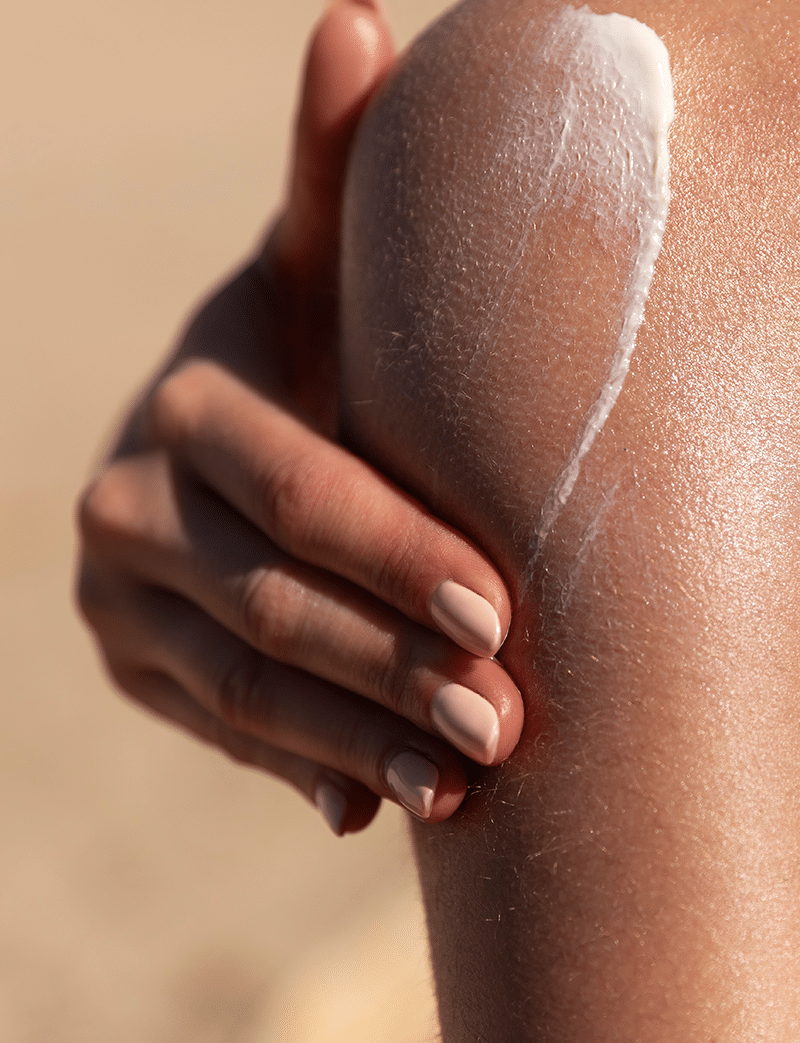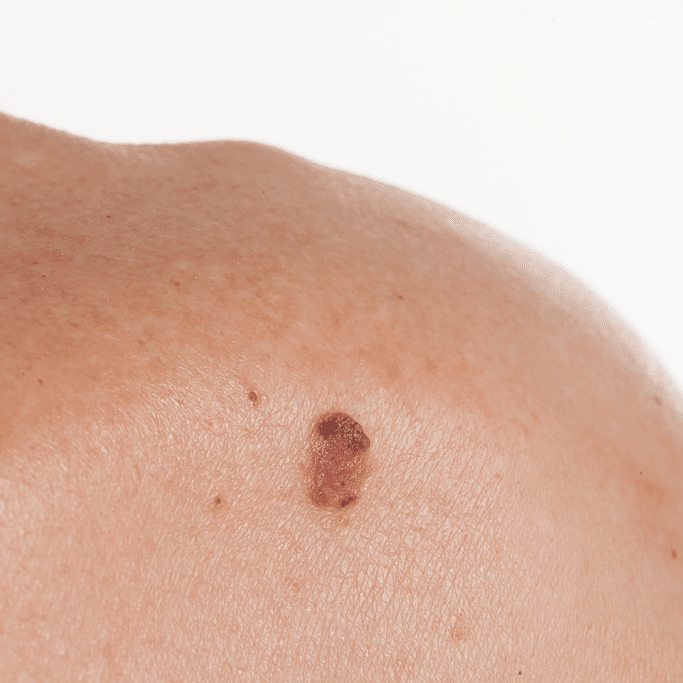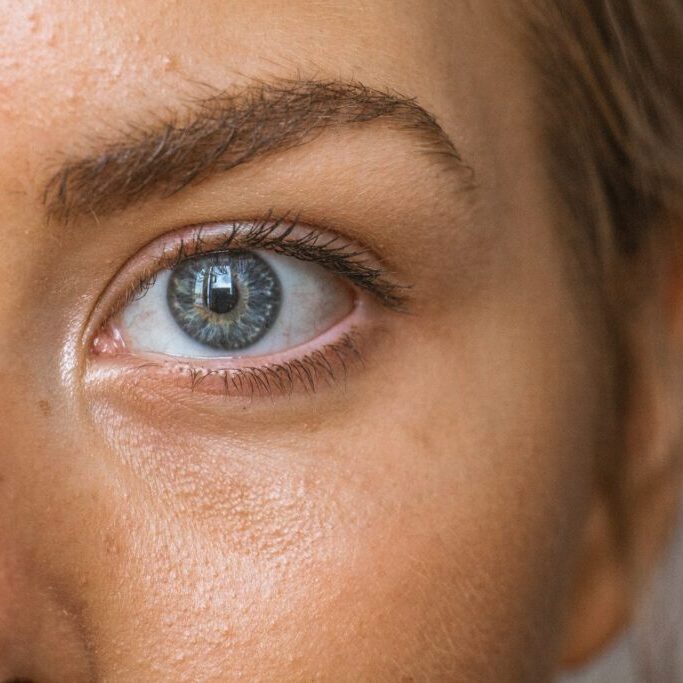Deciphering the Mysteries of Actinic Keratoses: Unmasking Pre-Cancerous Skin Patches
Decoding the Formation
Identifying
the Signs
Understanding
the Risk
Beyond Appearance: Recognizing Different Types
Addressing the Cause: Sun Protection is Key
Treatment Options: Tailoring Solutions to Your Needs





